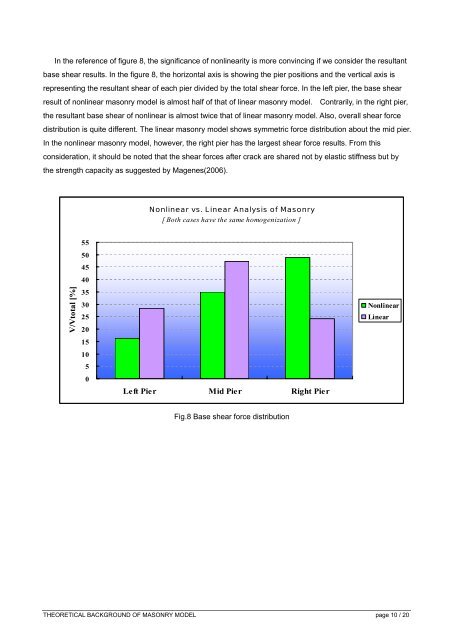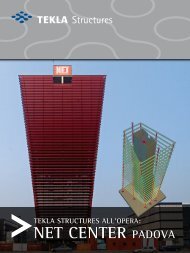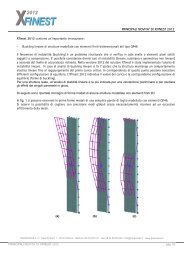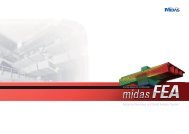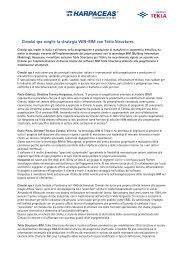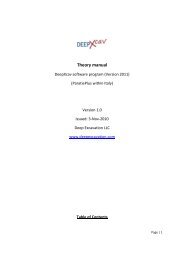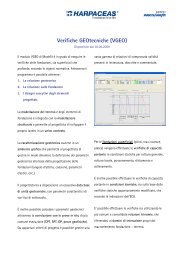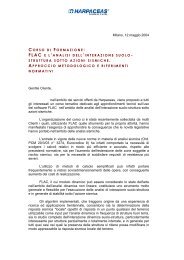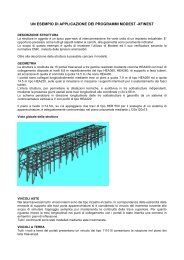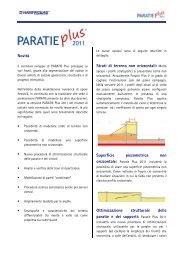THEORETICAL BACKGROUND OF MASONRY MODEL
THEORETICAL BACKGROUND OF MASONRY MODEL
THEORETICAL BACKGROUND OF MASONRY MODEL
Create successful ePaper yourself
Turn your PDF publications into a flip-book with our unique Google optimized e-Paper software.
In the reference of figure 8, the significance of nonlinearity is more convincing if we consider the resultant<br />
base shear results. In the figure 8, the horizontal axis is showing the pier positions and the vertical axis is<br />
representing the resultant shear of each pier divided by the total shear force. In the left pier, the base shear<br />
result of nonlinear masonry model is almost half of that of linear masonry model. Contrarily, in the right pier,<br />
the resultant base shear of nonlinear is almost twice that of linear masonry model. Also, overall shear force<br />
distribution is quite different. The linear masonry model shows symmetric force distribution about the mid pier.<br />
In the nonlinear masonry model, however, the right pier has the largest shear force results. From this<br />
consideration, it should be noted that the shear forces after crack are shared not by elastic stiffness but by<br />
the strength capacity as suggested by Magenes(2006).<br />
Nonlinear vs. Linear Analysis of Masonry<br />
[ Both cases have the same homogenization ]<br />
V/Vtotal [%]<br />
55<br />
50<br />
45<br />
40<br />
35<br />
30<br />
25<br />
20<br />
15<br />
10<br />
5<br />
0<br />
Left Pier Mid Pier Right Pier<br />
Nonlinear<br />
Linear<br />
Fig.8 Base shear force distribution<br />
<strong>THEORETICAL</strong> <strong>BACKGROUND</strong> <strong>OF</strong> <strong>MASONRY</strong> <strong>MODEL</strong> page 10 / 20


